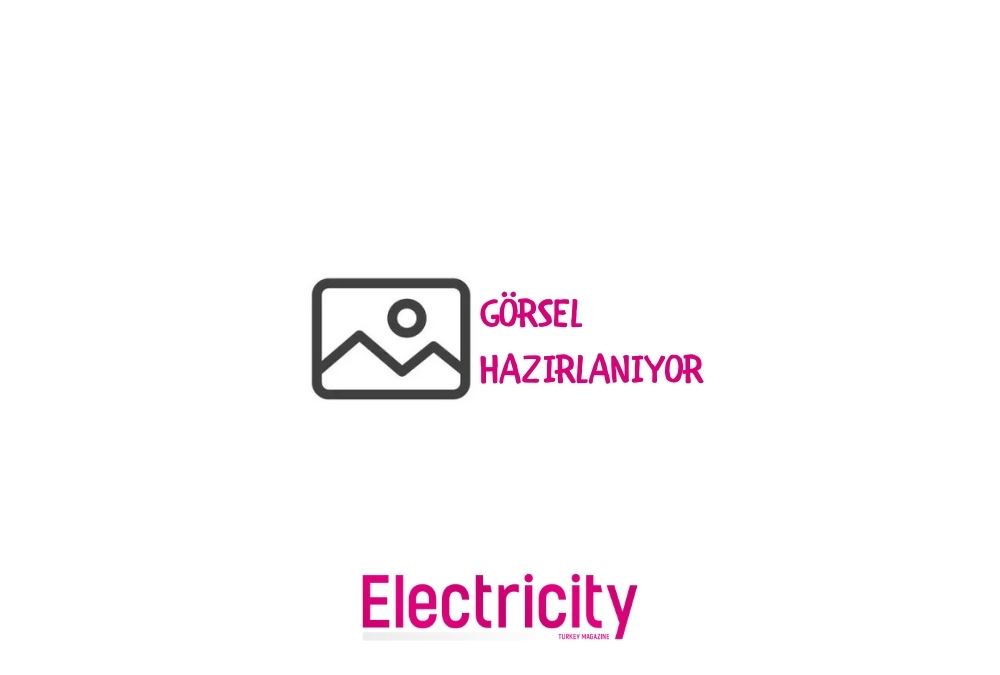
Cengiz Holding has installed a solar power plant consisting of 200,000 panels in the tailwater zone of the Lower Kaleköy Dam and hydroelectric power plant on the Murat River in Bingöl. The installed capacity of Turkey's first and largest hybrid power plant and the world's 2nd largest hybrid power plant has reached 590 megawatts.
 Cengiz Holding, which has signed giant projects in Turkey, has added an 80 megawatt solar power plant (GES) to the Lower Kaleköy Dam and hydroelectric power plant (HEPP) project, which started electricity production last year in Bingöl and has an installed capacity of 510 megawatts. The project, which is Turkey's first hybrid power plant and was completed in a record time of 6 months and the acceptance procedures were completed, started to produce electricity. The project, which was realized with the cooperation of Cengiz Holding and Özaltın Holding, was carried out entirely by Turkish engineers, while the total installed capacity of HES and GES reached 590 megawatts.
Cengiz Holding, which has signed giant projects in Turkey, has added an 80 megawatt solar power plant (GES) to the Lower Kaleköy Dam and hydroelectric power plant (HEPP) project, which started electricity production last year in Bingöl and has an installed capacity of 510 megawatts. The project, which is Turkey's first hybrid power plant and was completed in a record time of 6 months and the acceptance procedures were completed, started to produce electricity. The project, which was realized with the cooperation of Cengiz Holding and Özaltın Holding, was carried out entirely by Turkish engineers, while the total installed capacity of HES and GES reached 590 megawatts.
IT CAN MEET THE ENERGY NEEDS OF 400 THOUSAND HOUSEHOLDS
Cengiz Holding Energy Group President Ahmet Cengiz said that the solar power plant, which uses 44 thousand column profiles and over 1 million meters of cable, is also Turkey's first and the world's second largest hybrid power plant. Expressing that they are very proud of bringing a project of this size to the country's economy, Cengiz said, "Renewable and environmentalist energy sources in Turkey as well as in the world; began to take priority among new investment plans. As a group, we will focus on renewable energy sources in the coming period. We want to increase the number of hybrid power plants in the short term." Stating that the solar power plant was established on a land of 1 million square meters, Cengiz continued: "Energy investments in Bingöl in 2011; We started the Lower Kaleköy Dam and HEPP Project in 2016. We completed this investment in about 3.5 years and brought it to the country's economy. This project is Turkey's 6th largest dam built by the private sector with an installed capacity of 500 megawatts. With the 80 megawatt solar power plant we have added, we will produce electricity that can meet the annual consumption of 400,000 households from here."
FOCUSED ON SOCIAL BENEFIT
Since the construction of the dam and HEPP started in 2016, in addition to the employment it has created, the focus has also been on social benefit during the construction period of the project, which also takes into account the needs of the population living in the region. In this context, many social responsibility projects were signed in the region, especially schools, dormitories and mosques.
 SİZİN DÜŞÜNCELERİNİZ?
SİZİN DÜŞÜNCELERİNİZ?